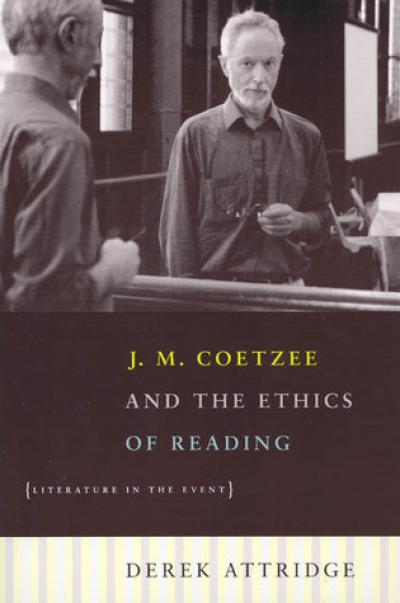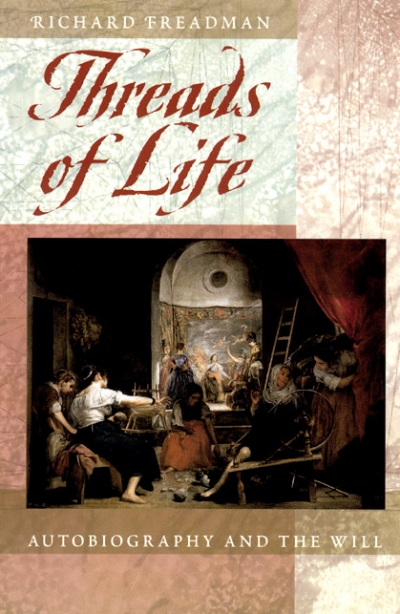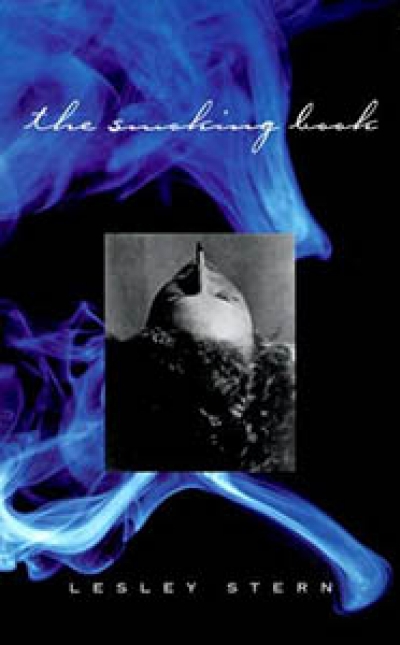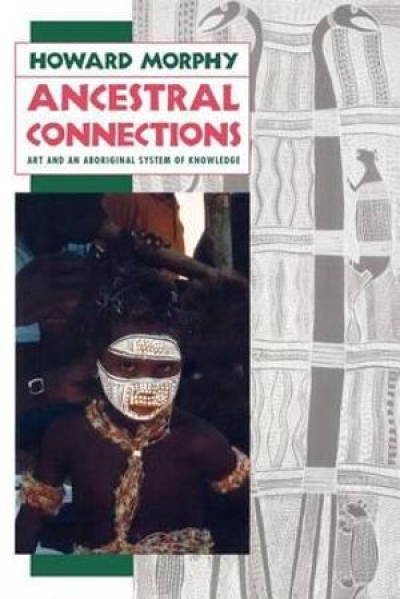Samuel Johnson once wilfully said, ‘Sir, we know our will is free, and there’s an end on’t.’ One can understand Johnson’s sentiment. Talk about will can be interminable. If we feel our will to be free, does it matter if it really is? Right now, I’m willing myself to write this review, instead of having dessert or watching Big Brother (‘Will to Power in Big Brother: Or, Are You Smirking at Me?’ would make an interesting paper). But my will is weak. I’ve just returned from making a cup of tea. Writers – like everybody else – are notoriously good at finding distractions. But what does it mean to say that my will is ‘weak’? How much am I willing my writing of this review, and how much am I forced to write it? Is writing determined by economics (need for money), psychology (desire to see one’s name in print), or class (aspirations learned through upbringing and education)? And yet I’m free, am I not, to pass my own judgment on the book? Sooner or later, we give up and go to the pub with Dr Johnson.
...
(read more)




